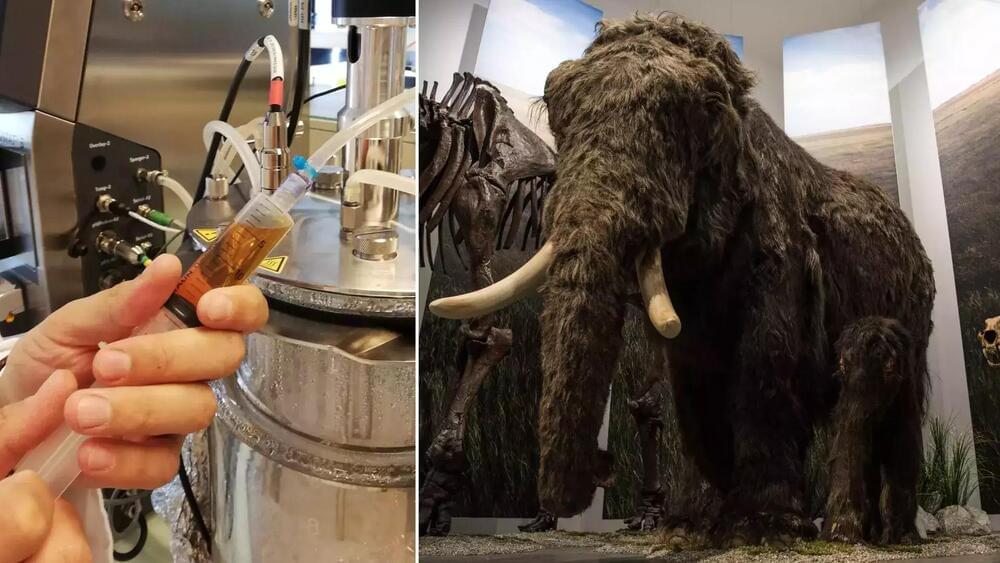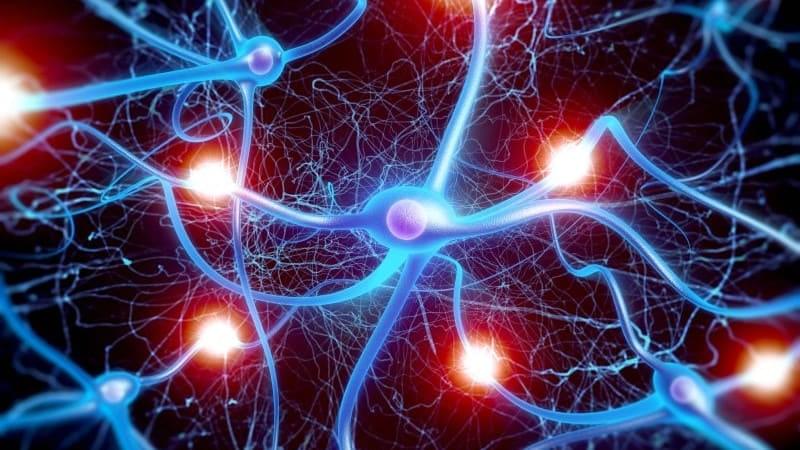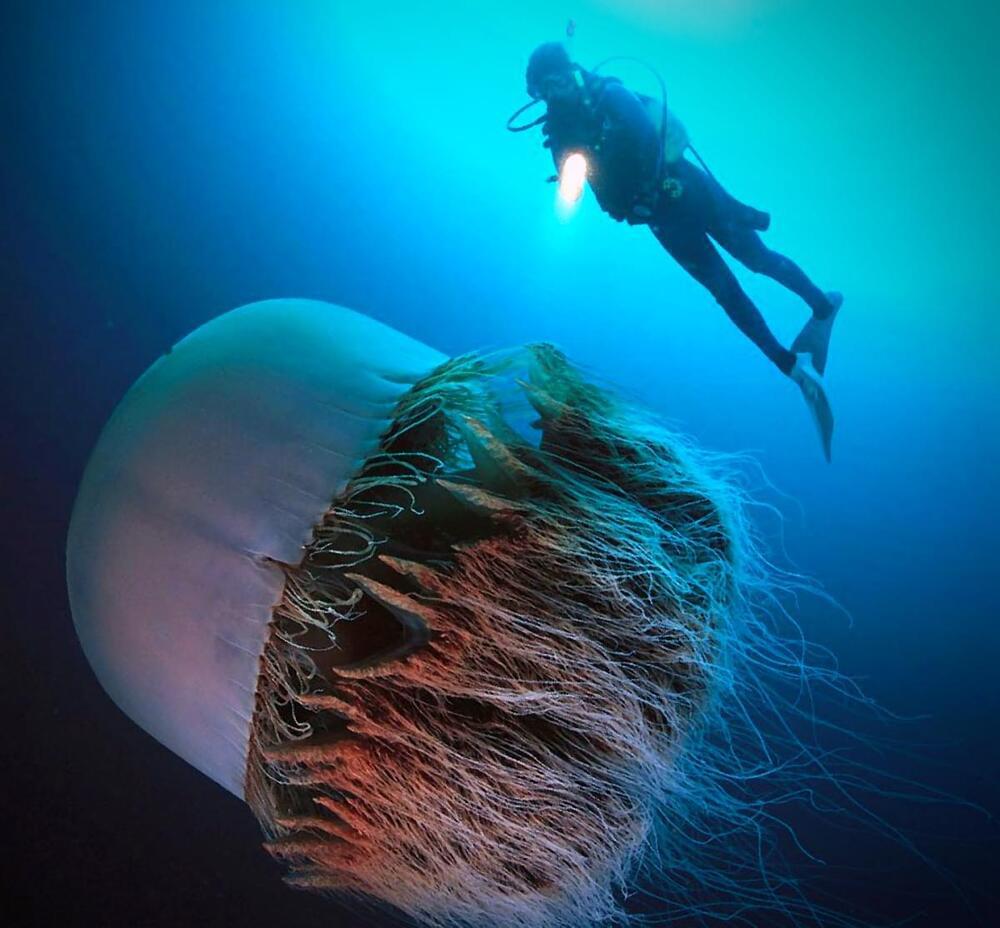Our cells naturally degrade over time, which is part of the reason we’re not as mobile and sprightly aged 80 as we are aged 8. Now scientists have figured out a way to boost cell lifespan and longevity using a synthetic genetic ‘clock’.
Researchers from the University of California San Diego based their findings on the yeast Saccharomyces cerevisiae, making it unlikely that humans might live forever any time soon – but the team thinks that the work could be developed to eventually help the human body age in a healthier way.
By ‘rewiring’ the yeast cells, the researchers were able to boost their lifespan by 82 percent on average. It’s a promising development in the control of cellular aging and treating age-related conditions.







